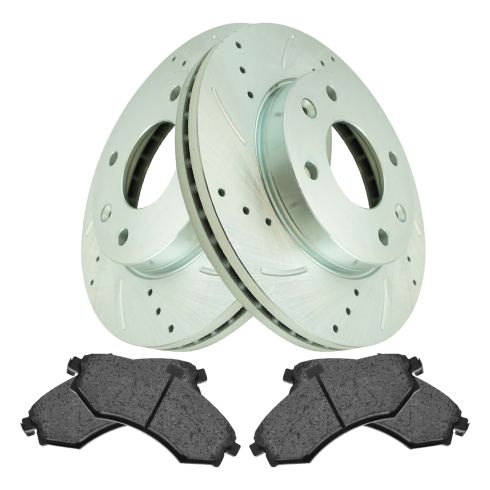1APBS00761-2002-05 Hyundai Elantra Front Ceramic Performance Brake Pad & Rotor Kit TRQ Performance BKA12589

Replaces
2002-05 Hyundai Elantra Front Ceramic Performance Brake Pad & Rotor Kit TRQ Performance BKA12589

Product Reviews
Loading reviews
There are no reviews for this item.
Customer Q&A
No questions have been asked about this item.















